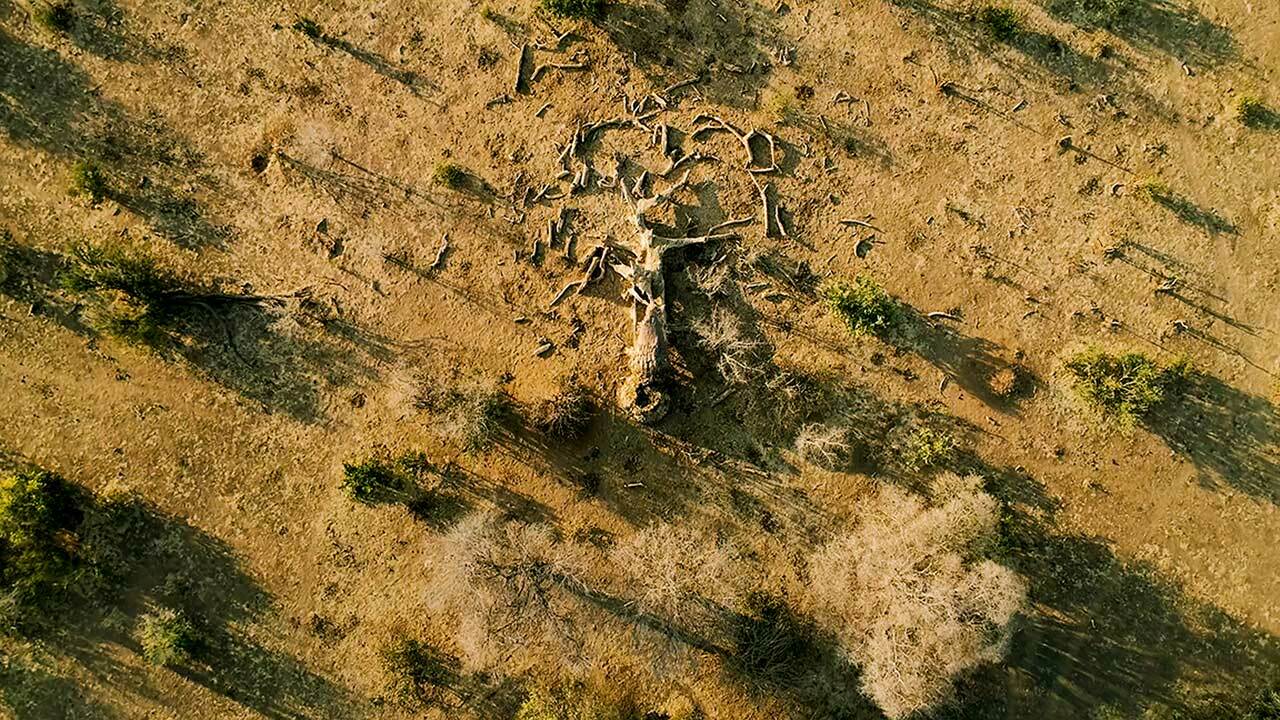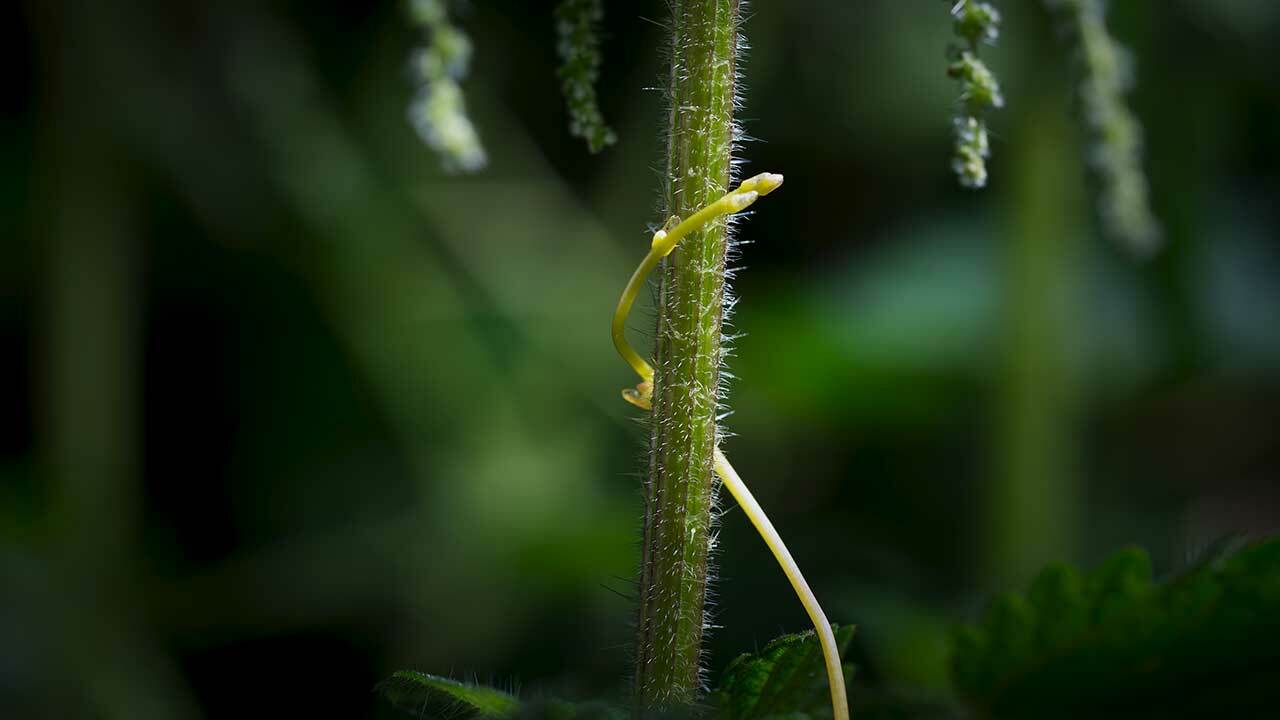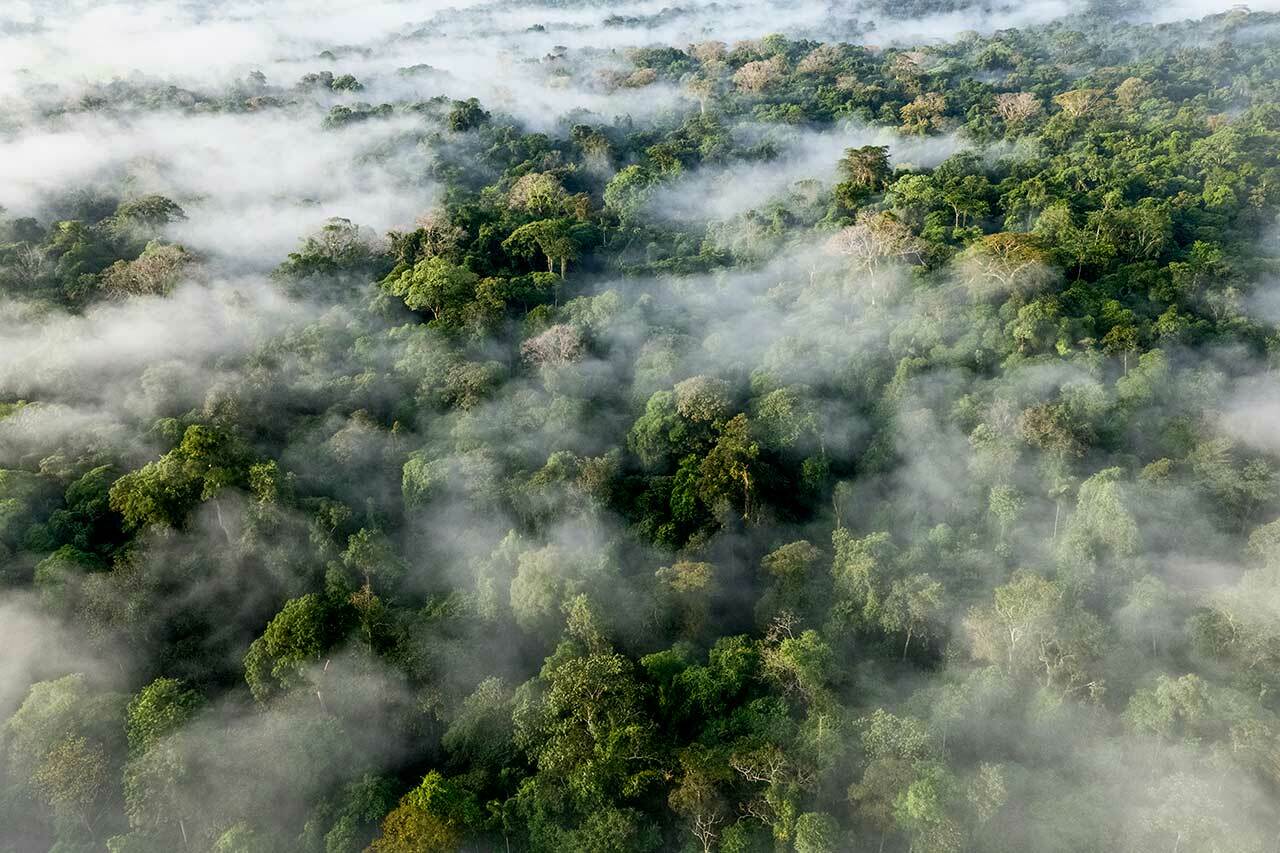
A rainforest is a tropical or subtropical forest that receives high amounts of precipitation. Typically found near the Earth's equator, where there is high rainfall and warm temperatures, rainforests are one of the most biodiverse ecosystems on earth, containing an incredible array of plant and animal life. In fact, it is estimated that one-half of all the world’s species live in rainforests.
The climate of the rainforest is dictated by its location near the equator. The average temperature in a rainforest is 80 degrees Fahrenheit (27 degrees Celsius), with minimal variation between day and night. The humidity in a rainforest averages 80 percent, but can reach as high as 99 percent! This creates a very hot and sweaty environment that is ideal for many tropical plants and animals. However, it also means that fires can spread quickly and easily through the dense vegetation.
The rainfall in a rainforest is also influenced by its location near the equator. Rainforests typically receive between 3-6 feet (1-2 meters) of rainfall yearly, though some areas can receive up to 32 feet (10 meters)! This high rainfall level helps create dense vegetation that characterizes rainforests.
Victoria Amazonica / Giant Water Lilies

The victoria amazonica, also known as the giant water lily, is a species of water lily native to the tropical rainforests of the Amazon River basin in South America. One of the largest and most beautiful plants in the world, the victoria amazonica can grow to a diameter of up to 10 feet (3 meters). The flowers are white with pink streaks and can be up to 3 feet (1 meter) in diameter. The plant's leaves are large and flat, floating on the surface of the water. The victoria amazonica is also known as the "Queen of the Night" because it blooms at night and only lasts for about 48 hours. After blooming, the flower closes up and sinks into the water, never to be seen again.
The seeds of the victoria amazonica are black and spherical, and about 2 centimeters (0.8 inches) in diameter. The seeds have a hard outer shell and a soft inner core. The seeds are dispersed by the wind and can float on water for long periods of time. The plant can also reproduce vegetatively, by producing new plants from fragments of the leaves or roots. Giant water lilies also have large, spiked leaves that can grow up to 9 feet (3 meters) in diameter. The spikes on the leaves help protect the plant from predators and also act as a support structure for the plant itself.
Rafflesia / Corpse Flower
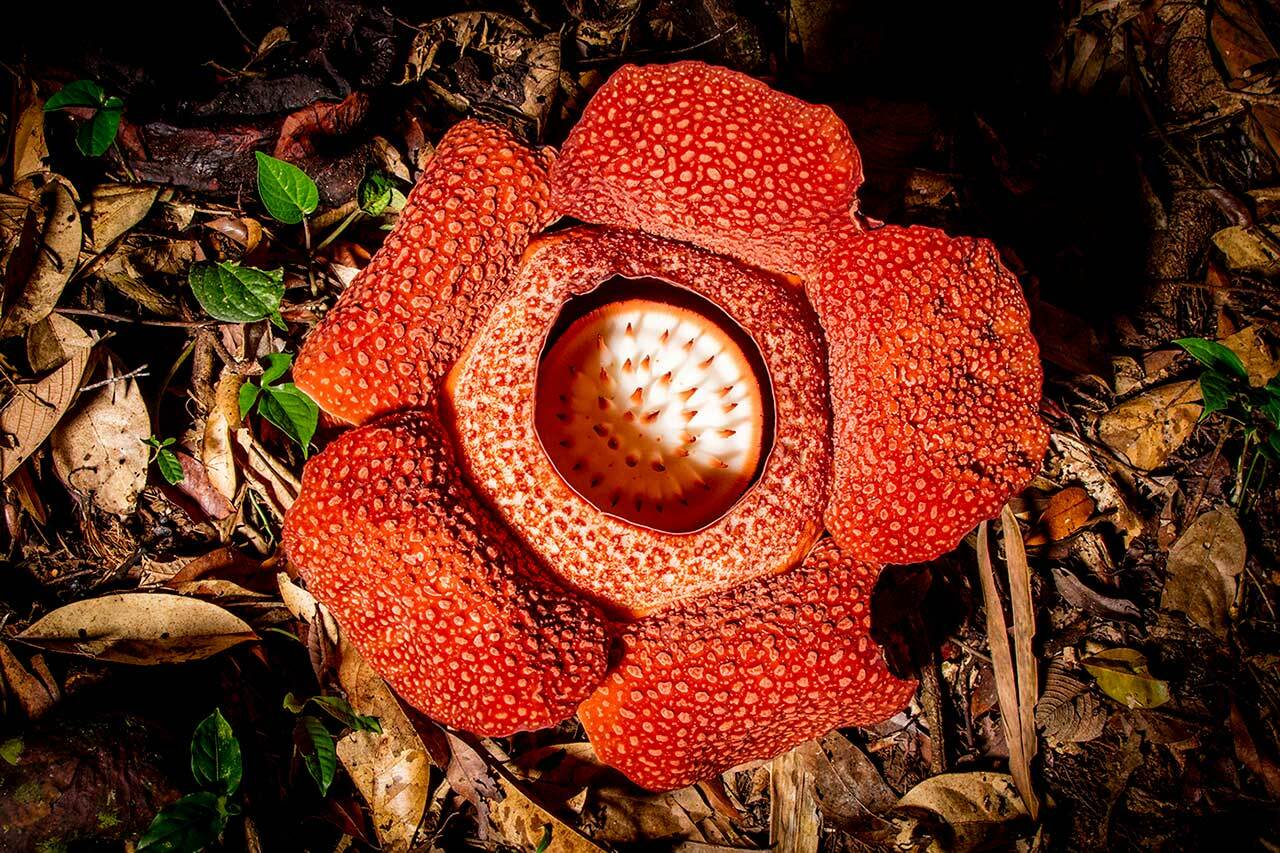
The rafflesia, or corpse flower, is a species of flowering plant that is found in the rainforests of Southeast Asia, specifically in Indonesia, Malaysia, Thailand, and Vietnam. Named after Sir Stamford Raffles, the founder of Singapore, the rafflesia grows best in areas with high humidity and plenty of rainfall. The plant is notable for its large flowers, which can grow up to 3 feet (1 meter) in diameter. The flowers are typically a deep red color, with black spots, and are known to give off an incredibly foul smell. Some people say that it smells like rotting flesh, while others say that it smells like a mixture of rotting vegetation and manure. Either way, the scent of this flower is definitely not pleasant! In fact, the smell is so bad that it can actually be nauseating for some people.
Interestingly, the corpse flower’s odor is thought to serve a purpose. The stench is used to attract flies and other insects, which then help to pollinate the flower, allowing the plant to reproduce. So, while the smell may be repulsive to us humans, it's actually quite important for the survival of this species!
While rafflesia flowers are large and impressive, they are also quite rare. The specific time of year when rafflesia flowers bloom depends on the species, but it is typically between late fall and early winter. However, it generally takes 7-10 years for a plant to first bloom, and thereafter, it tends to only bloom once every four or five years. Furthermore, even when they do bloom, Rafflesia flowers only bloom for around 48 hours. So if you want to see a rafflesia flower in person, you'll need to plan your trip around its blooming schedule, and maybe get a bit lucky.
Nepenthes “Monkey Cups”
Nepenthes, also known as monkey cups, are a genus of pitcher plants found in tropical environments around the world. The plants get their common name from their curious shape - the upper part of the plant, the pitcher, forms a cup - like shape that resembles a monkey's skull.
A carnivorous plant, nepenthes capture and digest small animals for nutrients. The plants lure prey into their pitcher-shaped traps with sweet nectar. Once an animal falls in, it is unable to climb out and escape, as the plants have both a slippery surface inside and sharp spikes, which combine to trap the animal and make an escape from the pitcher impossible, ensuring that it eventually drowns in the water at the bottom of the pitcher. Digestive enzymes secreted by the plant then break down the animal's body, allowing the plant to absorb nutrients. Small insects such as flies and mosquitoes are the most common type of prey for nepenthes, but larger animals such as rats and lizards have also been known to fall victim to these deadly plants.
Support your local PBS station in our mission to inspire, enrich, and educate.
Jabuticaba Tree
The jabuticaba tree is a native Brazilian fruit tree that can grow up to 30 feet tall, including up to 8 feet (2.5 meters) in one year - a remarkable pace and size. Native, specifically, to the Brazilian state of Minas Gerais, the tree grows best in humid, tropical climates. The tree can be found in many parts of Brazil, including the Amazon rainforest, and produces dark purple fruits that are about the size of a grape with thick skin and a fleshy pulp that is white or pink in color. In taste, the fruit is sweet and, in addition to being enjoyed fresh, it is often used in jellies, jams, and even wines.
The fruit is known to have many health benefits, including being high in antioxidants and Vitamins C and E. Due to the fact that the trees can grow to be quite large, they can produce a large amount of fruit. Additionally, the jabuticaba tree is known for its ability to produce fruits all year round, even in the winter months. This means that there is almost always fresh fruit for people to enjoy!
Durian Fruit
The durian fruit is a large fruit with a spiky outer shell that grows on trees in tropical climates. The fruit is very popular in Southeast Asia, where it is often eaten fresh or used in desserts. The durian fruit is known to have a strong, unique smell that some people find unpleasant and some find quite pleasing. Amongst those who find it unpleasant, people say that it smells like rotting flesh or garbage, while those who find it pleasing say it has a sweet, fruity aroma.
The spikes on the outer shell of the durian fruit are sharp and can be dangerous if handled improperly. The spikes can also puncture the skin, so it is important to be careful when handling this type of fruit. When cutting open a durian fruit, it is best to use a sharp knife and avoid touching the spikes. In addition to having a unique smell and exterior, the durian fruit also has a distinct taste. It is often described as being sweet and creamy with a hint of bitterness.
Durian fruits are not only delicious but also highly nutritious. They are a good source of vitamins C and E, as well as potassium and magnesium. In addition to being rich in minerals, durian fruits are also a good source of dietary fiber, which can help to promote digestive health. The benefits of eating durian fruit are many and varied. These include better digestive health, a boosted immune system, and increased energy.
Bois Dentelle Tree
The bois dentelle tree (also known as “lace wood”) is a tree that is native to Mauritius. It can be found up high among the Piton Grand Bassin. The tree is known for its unique leaves, which are shaped like lace or dentelle, hence its name. The tree is also known for its fragrant flowers and their unique and beautiful blooms, which appear in the springtime, typically sometime in April or May. The flowers are white with a hint of pink and have a sweet fragrance, while the leaves are dark green and have a leathery texture. Being a deciduous tree, the bois dentelle tree loses its leaves in the fall.
Sadly a handful of these trees can be found in the wild. The tree has been progressively displaced in its cloud forest habitat by commercially viable, non-native invasive species such as the guava tree. The Mauritian government has stepped in to save this natural treasure, and has had some success at nursery breeding, but the future of this tree is far from certain.
Amorphophallus Titanum/ Corpse Flower
The Amorphophallus titanum, also known as the titan arum or corpse flower, is a large flowering plant native to the forests of the island of Sumatra in Indonesia. It is the largest unbranched inflorescence in the world and can grow up to 10 feet (3 meters) tall. The plant is characterized by its large size and foul-smelling flowers. Known as a “corpse flower” due to this foul and disgusting odor, one often compared to the smell of rotting flesh, the Amorphophallus titanum blooms infrequently, typically only once every two to three years, with a flowering cycle taking seven to ten years. When it does bloom, it generally only lasts for two to three days. When in bloom, the Amorphophallus titanum attracts pollinators such as flies and carrion beetles with its odor, allowing it to reproduce. Interestingly enough, though its blooms are short and infrequent, the Amorphophallus Titanum, like other corpse flowers, has a long lifespan, ranging from 30-40 years.
Heliconia Flower / Lobster-Claw
Also known as lobster claw, the heliconia flower is indigenous to Central and South America and can grow up to 10 feet tall. The plant has large, colorful flowers that resemble the claws of a lobster, hence the name. These flowers come in a variety of colors, including red, yellow, pink, orange, and purple. The plant is also known for its dramatic foliage, which can be either green or purple.
One of the fascinating aspects of the heliconia flower is that it is pollinated by hummingbirds, which is why they are also known as hummingbird flowers. The bright colors and nectar-rich blooms of heliconia attract these tiny birds, which then help to spread the plant's pollen. This special feature makes heliconia flowers quite popular flowers to put in flower arrangements and bouquets.
Rubber Tree / Hevea brasiliensis
The rubber tree, or hevea brasiliensis, is a tropical evergreen tree that is native to the Amazon basin and the rainforests therein. The tree can grow up to 100 feet (30 meters) tall and has a wide, spreading canopy. The bark is smooth and gray-brown in color, the leaves are dark green and glossy, and the flowers are small and white, growing in clusters at the ends of the branches. The fruit is a small, black capsule that contains two seeds.
The tree gets its name from the latex sap that it produces. This sap, collected from the rubber tree by making incisions in its bark, contains a substance called latex. This latex is a milky white fluid that contains rubber particles. It is this rubber that is used to make many products, such as tires, gloves, and balls. In order for this to happen, the sap must first be processed to remove impurities, and then the latex can be sent to make all the rubber products the world needs.
Balsa Tree
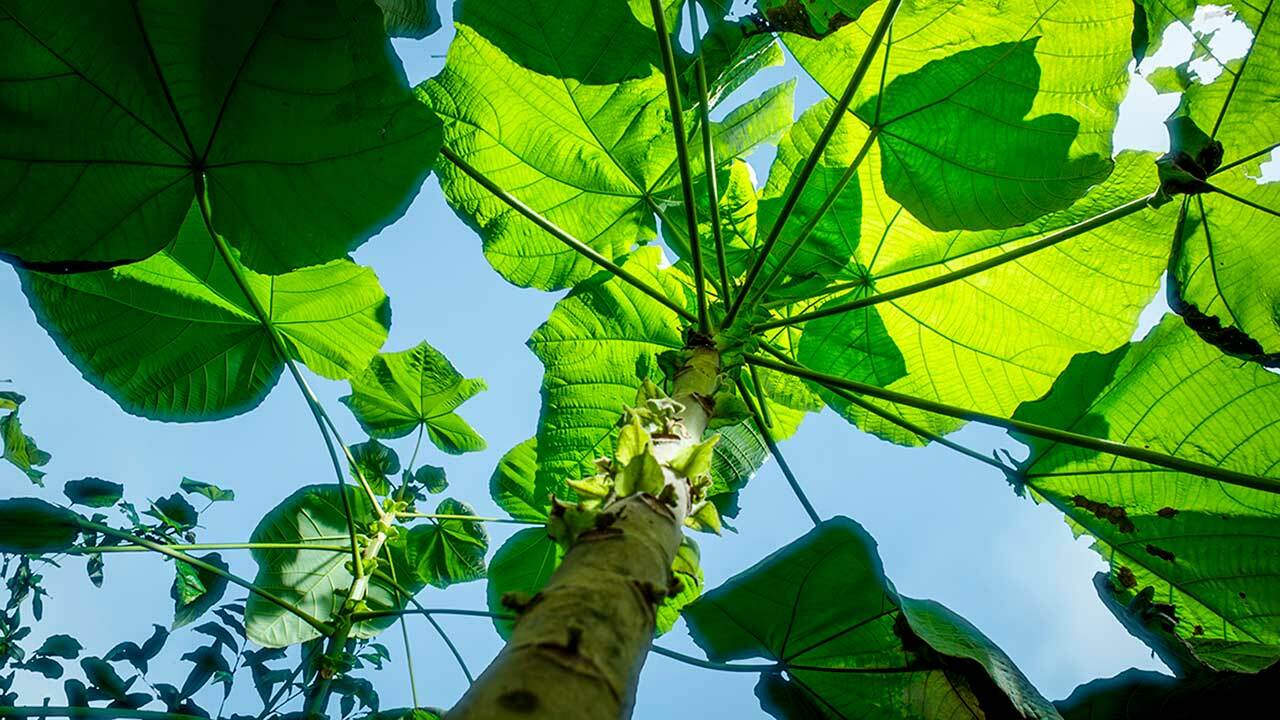
The balsa tree is a medium-sized tree that is native to the tropical regions of South America. The wood of the balsa tree is very lightweight and has a high strength-to-weight ratio. This gives it many uses. For one, it is commonly used in the construction of model airplanes and boats, as well as other types of toys, due to its aforementioned lightweight and high strength-to-weight ratio. It is also used to construct bridges, as bridges need to be both lightweight and incredibly strong, which the balsa trees’ wood is. The wood is also used for making furniture, floors, paneling, and veneers, as it is very easy to work with and can be cut, shaped, and sanded easily. Balsa wood’s light and spongy texture also make it popular for making surfboards. The boards are often made with a foam core and balsa wood veneer. This combination provides a strong and durable board that is still relatively light. Balsa wood is also used in the construction of boats and kayaks.
Additionally, the balsa tree grows quickly, reaching a height of up to 50 feet in just 10 years. The tree has a thin trunk with smooth, light-colored bark. The leaves are small and oval-shaped, and the flowers are white or pale pink. Balsa trees are often used as ornamental plants in landscaping due to their attractive appearance.
Passion Flower
The passion flower (Passiflora) is a genus of flowering plants, native to tropical areas in North and South America. A climbing vine that can grow up to 30 feet (9 meters) in length, passion flowers' leaves are large and lobed, and its flowers are usually white or purple. First introduced to Europe in the 16th century by Spanish missionaries who were impressed by its beauty, the name "passion flower" comes from the fact that the plant's flowers resemble some of the instruments of Christ's Passion, such as the crown of thorns.
While the flowers themselves are striking, it is the process of pollination that makes them truly unique. Passion flowers are pollinated by a variety of insects, including bees, butterflies, hummingbirds, and bats, but the most common pollinator is the hawk moth. The hawk moth is attracted to the passion flower's nectar and sweet-smelling fragrance and, in doing so, brushes against the reproductive organs of the flower. This contact transfers pollen from the male organ (stamen) to the female organ (pistil), which fertilizes the flower's ovules and allows for seed production. This, along with all the passion flowers’ pollinations, is possible because the pollen is very fine and can easily become airborne, making it easy for insects to transport it from one flower to another.
The passion flower is also well-known for its purported medicinal properties and has been used traditionally to treat a variety of ailments. Traditionally, the berry which is the fruit of the flower and is used in jams and jellies, has also been used for a variety of other purposes, including as a sedative, an anti-anxiety remedy, and a treatment for insomnia. Some indigenous peoples of the Americas even used the passion flower to induce hallucinations. This is not just old superstitions though. Recent studies have shown that passion flower extract can indeed help to reduce anxiety and improve sleep quality. Passion flower extract appears to work by increasing levels of gamma-aminobutyric acid (GABA) in the brain. GABA is a neurotransmitter that helps to regulate fear and anxiety. However, while there is evidence that passion flowers have beneficial medical effects, they do come with some side effects and one should not take them without consulting a medical professional.
This article was researched and compiled by Sandler Digital in collaboration with PBS.

The PBS 'What to Watch' Weekly Newsletter
What to Watch delivers the best shows and content PBS has to offer each week.


